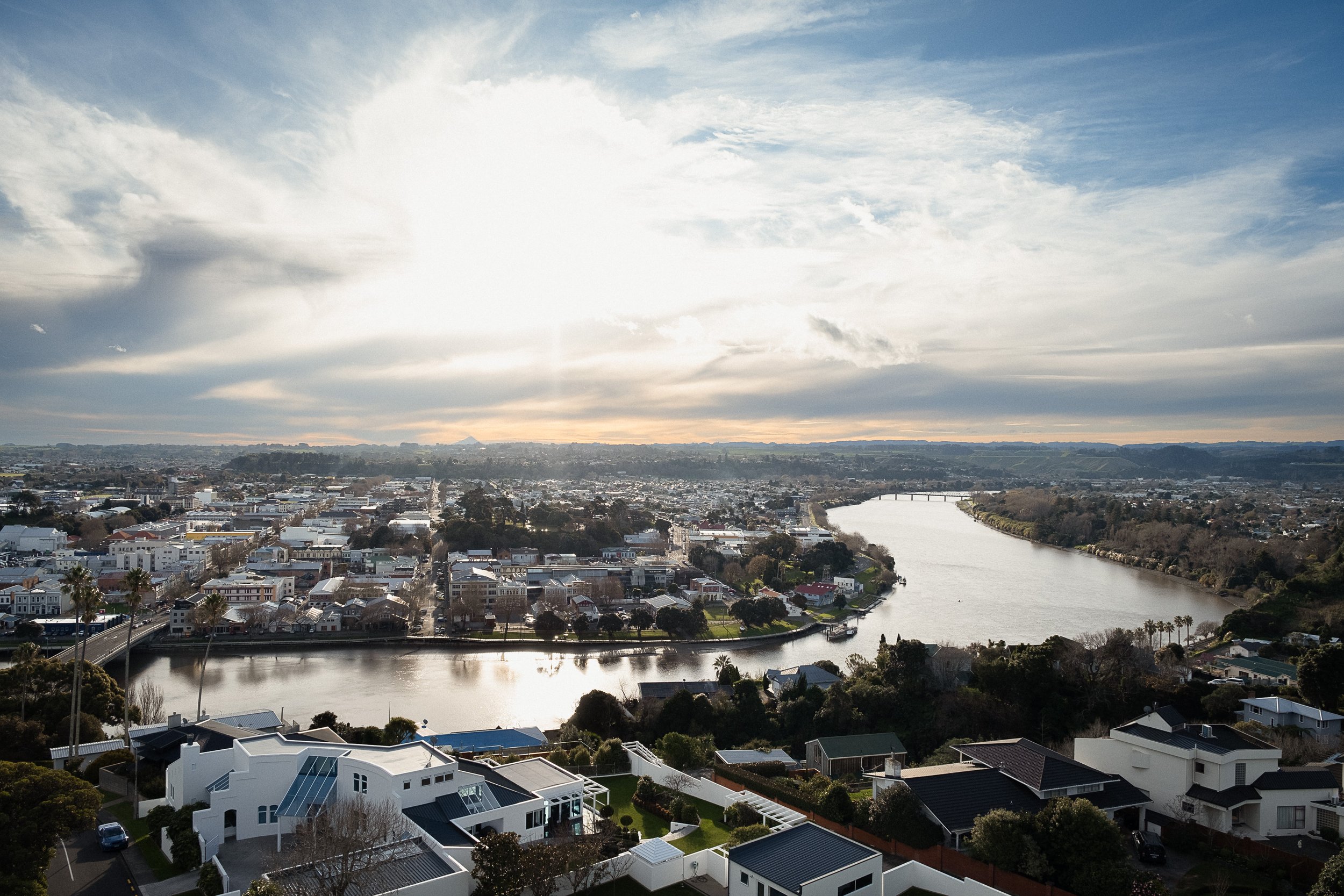
Nau Mai, welcome to
Durie Hill Elevator
A unique form of public transport, serving Whanganui and Durie Hill since 1919.
Set into the hill, a 213 metre tunnel and 66 metre public transport elevator - staffed by an operator, enable a short journey by foot or bicycle between Whanganui and Durie Hill.
Opened in 1919, the elevator spurred the development of the Durie Hill Garden Suburb.
Today, Durie Hill Elevator remains a valued means of transport, a living inspiration for how we design, build, and move around our cities, and a wonder in its own right.
Our Services
Our service is on demand - ring the bell at either elevator landing, and our operator will be right with you. Payment is taken in the elevator car.
We’re living public transport, and we’re priced like it too. A trip with us is as affordable as a bus ride - and if you’re a local, it’s even cheaper with your concession ticket.
But for a deeper experience, we encourage you to take a guided tour with one of our operators.
Opening hours
Weekdays: 7:30am–6pm
Weekends, public holidays:
9:30am–5pm
Christmas Day: Closed
Prices
Adult: $2.50
Youth (5–18): $1.00
Under 5s: FREE
Concession Tickets*: $15.00
Break times
Staff take a short, required break twice a day – during which there is no service. Thank you for ringing the bell outside these times:
11:30–11:45am
4:00–4:15pm
Durie Hill Elevator accepts cash, eftpos, credit cards, and paywave. Bikes and dogs travel free with passengers.
* Concession Tickets provide 10 adult or 20 youth one way trips.
Our History
Started in 1916 and opened in 1919, The Durie Hill Elevator was commissioned by William J. Polson and Colonel Alfred E. Wilson, and built by mining contractors Maxwell and Mann, as the start of an integrated housing and transport package. The elevator was based on an even earlier idea by engineer Edward Crow, and Chronicle editor John Ball, as an alternative to a cable car proposal. While ratepayers couldn’t be convinced to fund the elevator, Wilson and Polson created what became the Durie Hill Elevator Company to build it.
They also invited Christchurch architect and garden suburb proponent, Samuel Hurst Seager, to plan a new neighbourhood around it. The Garden Suburb was a town planning idea that had largely evolved around train and tram lines in Europe and North America, but in Whanganui, the idea was to make the elevator the ‘station’ for the new suburb in Durie Hill. Today, Durie Hill is often called New Zealand’s first modern suburb, and it is certainly one of the first examples of a street layout that features cal-de-sacs and curvilinear streets.
On June 1 1942, the elevator was handed over to the Whanganui City Council, who integrated the service with the Tram system, until the Trams were removed in 1950. This also removed the D.C power plant which powered the Elevator, so a Mercury Arc Rectifier, and a room to house it, were installed at the Elevator tower. Famously, this is still running today.
Whanganui’s public transport network changed much from the 40s, but the elevator has proved a constant for the city. It survived the removal of trams in 1950 where a cable car may not have, because its route obviously couldn't be used by motor vehicles. In the local government changes of the late 80s and early 90s, Whanganui lost its locally-owned bus system, but the elevator survived these changes too.
Today, Durie Hill Elevator remains a popular form of transport - both for the residents of Durie Hill and for tourists and locals wishing to enjoy the views of the city of Whanganui, the Whanganui River, and beyond. Significantly, the Durie Hill garden suburb, and the elevator that prompted it are very much alive and thriving, and have a few things to show modern visitors about how we build, house and move around our cities.




